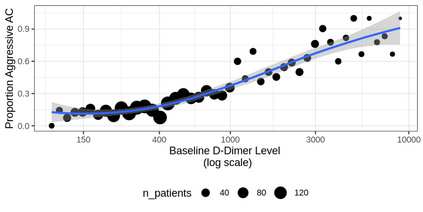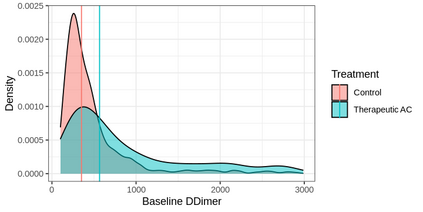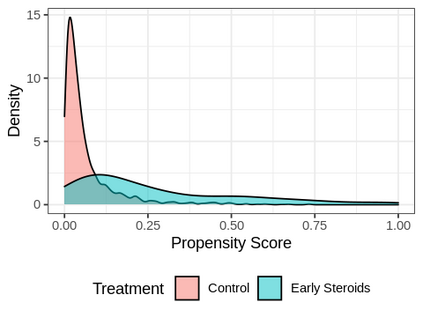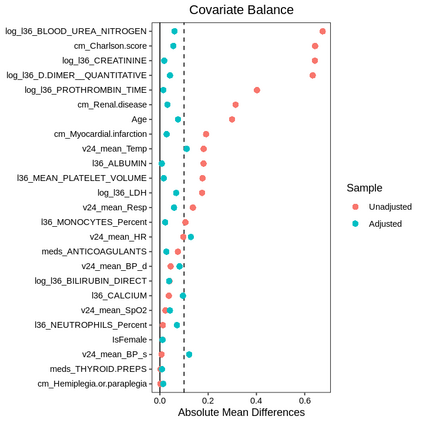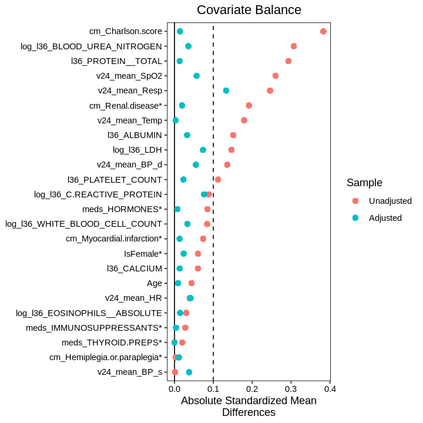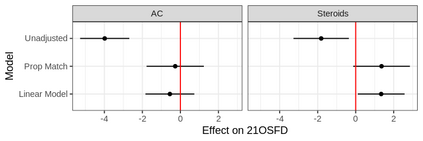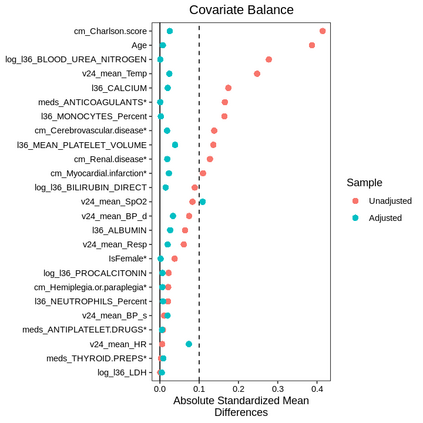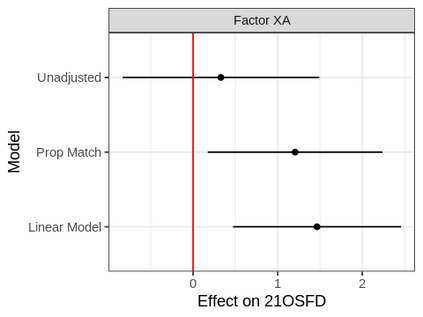A key issue for all observational causal inference is that it relies on an unverifiable assumption - that observed characteristics are sufficient to proxy for treatment confounding. In this paper we argue that in medical cases these conditions are more likely to be met in cases where standardized treatment guidelines do not yet exist. One example of such a situation is the emergence of a novel disease. We study the case of early COVID-19 in New York City hospitals and show that observational analysis of two important thereapeutics, anti-coagulation and steroid therapy, gives results that agree with later guidelines issued via combinations of randomized trials and other evidence. We also argue that observational causal inference cannot be applied mechanically and requires domain expertise by the analyst by showing a cautionary tale of a treatment that appears extremely promising in the data, but the result is due to a quirk of hospital policy.
翻译:所有观察因果关系推论的一个关键问题是,它依赖于一种无法核实的假设,即观察到的特征足以替代治疗的混乱;在本文中,我们争辩说,在医疗案例中,在还没有标准化治疗准则的情况下,这些条件更有可能得到满足;这种情况的一个例子是新出现疾病;我们研究了纽约市医院早期COVID-19的案例,并表明对两种重要的外科治疗、抗凝固和类固醇疗法的观察分析,得出的结果与后来通过随机试验和其他证据相结合发布的指导方针一致;我们还认为,观察性因果关系推断不能机械地应用,需要分析员提供领域专门知识,展示一种在数据中似乎极有希望的治疗的谨慎故事,但结果却是医院政策的松散。</s>

